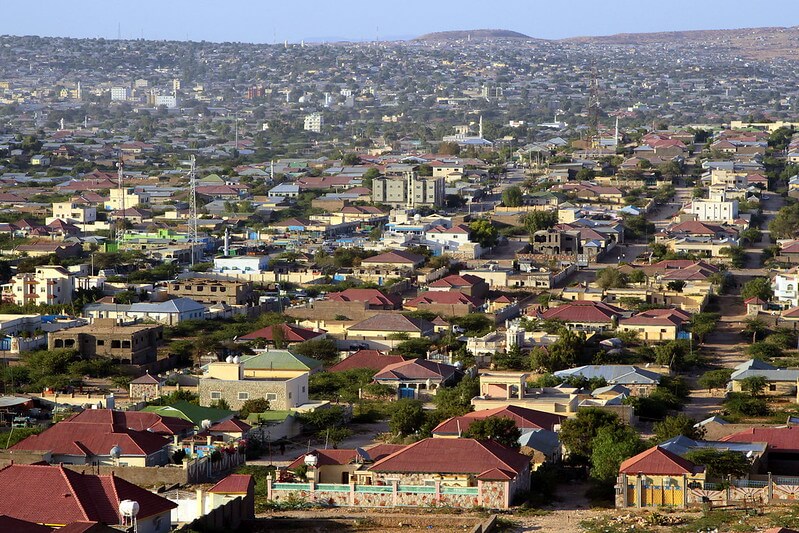We would like to continue our countdown to World Refugee Day by highlighting our Somali community. Somalia is located on the east side of Africa on and above the equator, with an ample coastline. Its location and geographical features have contributed to the Somali ways of life, with three-fifths of the population following nomadic pastoralism across the vast flat region. Somalia also has a fishing sector because of its location on the coast, but piracy, climate change, and overfishing have negatively impacted the industry.
Over 90 percent of the population is Somali, with groups such as Arabs and Italians in minority. Somalis are typically divided into clans, which are groups that trace their ancestry back to a common father. Clans can be subdivided into subclans, or combined to form clan families. The majority language is Somali, and there are many dialects used throughout Somalia. Arabic is the second official language of Somalia, which is more often used in the northern regions. English and Italian are less common but still occur due to Somalia’s colonial past. Ninety-nine percent of the Somali population identifies as Sunni Muslims, which can be seen in daily life. After the overthrow of the government in 1991, the remaining schools were typically Islamic or private.
Islam and indigenous beliefs combine to create a rich culture of oral tradition. Mythological stories and beliefs in astrology have been passed down since periods pre-dating Islam. Other cultural activities include poetry, folk dancing, and singing. Press, radio, and television, however, are censored and controlled by the government where they are available.
Somalia’s refugee crisis began after the outbreak of civil war in the 1990s. Mohamed Siad Barre ruled as a dictator from 1969 until 1991. Clans began engaging in guerilla warfare against the government in the 1970s and 80s as a response to the failed Ogaden War with Ethiopia. Civil war would eventually occur after a peace accord with Ethiopia in 1988 made the people feel betrayed. Even after the fall of Siad in 1991, Somalia was faced with more problems. The lack of a centralized government and continued violence carried on into the 21st century. Over the last 30 years, 750,000 people became refugees in neighboring countries such as Kenya and Yemen, while over 2.5 million people were internally displaced.
The past few years have become less violent, allowing over 90,000 people to return home. Although safer, other problems still plague Somalis. Food insecurity, dry conditions, and flooding are problems that must be addressed in order to help Somalis rebuild their lives.
This is only a broad overview of Somalia and the Somali refugee crisis, we encourage you to research more about the country and culture. If you are interested in learning more about Somalia and its history, we encourage you to watch Somalia: The Forgotten Story, available in English on Youtube.
Lewis, Ioan M., and Jörg H.A. Janzen. “Somalia.” Encyclopædia Britannica, Encyclopædia Britannica, Inc., 6 Dec. 2019, www.britannica.com/place/Somalia.
“Somalia Refugee Crisis Explained.” How to Help Refugees – Aid, Relief and Donations, www.unrefugees.org/news/somalia-refugee-crisis-explained/.


